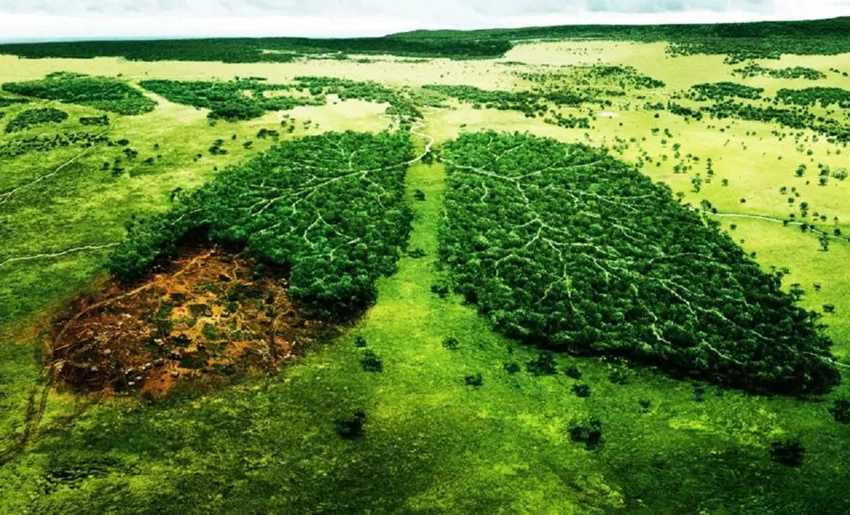Planet Earth, an ever-evolving melting pot of life. It is facing a devastating crisis: the loss of biodiversity. The extinction of species. It is not a remote event in history. It is a palpable reality that unfolds before everyone’s eyes, driven by human action.
From the majestic Sumatran tiger to the tiny golden frog of Panama. Countless creatures struggle to survive. Victims of a system that prioritizes economic growth over the preservation of life.
The red list of the International Union for Conservation of Nature (IUCN). It is growing year after year, detailing with macabre precision the decline of animal and plant populations. But these figures, cold and statistical, fail to convey the magnitude of the tragedy that is coming.
The extinction of a species is not simply the disappearance of an animal or a plant. It is the loss of an irreplaceable piece, an alteration irreversible of the ecological balance. And not only does it impoverish the planet’s biodiversity. But it also has serious consequences for ecosystems and for humanity itself.
Species serve vital functions in environments such as pollination, seed dispersal, pest control, and water cycle regulation. Their disappearance alters these processes. Endangering the health of ecosystems and the availability of natural resources. The disappearance of endangered species is not an isolated problem.
But a direct consequence of multiple interconnected factors such as massive deforestation. Agricultural expansion, uncontrolled urbanization and open-pit mining that destroy their natural homes. Leaving them without shelter or food.
Rising temperatures, ocean acidification, extreme weather events, and melting poles are also radically altering ecosystems. Forcing species to migrate or adapt to impossible conditions.
Likewise, air, water and soil pollution from chemicals, plastics and industrial waste poisons wildlife and destroys habitats. Poaching, indiscriminate fishing, and the illegal trade in alien species decimate entire populations. Bringing them to the brink of collapse.
In addition, the introduction of exotic species into new ecosystems displaces native species, altering food chains and causing ecological imbalances. The destruction of natural habitats increases the risk of transmission of infectious diseases from animals to humans. The loss of biodiversity affects key sectors such as tourism, fisheries and agriculture.
Generating significant economic losses. Despite all this, it is still possible to work on the basis of protecting and restoring natural ecosystems. To ensure the survival of endangered species. This involves the creation of protected áreas. The reforestation of degraded areas and the implementation of sustainable agricultural practices.
Reducing greenhouse gas emissions and promoting the transition to a low-carbon economy. It is essential to mitigate the effects of climate change and protect the most vulnerable species. Strengthening legislation and control measures to combat poaching and illegal trade in alien species is critical to protecting the most threatened species.
The silence of extinction is a warning cry that we cannot ignore. The survival of endangered species is a shared responsibility that requires urgent and coordinated action by governments, businesses and citizens. The future of life on Earth depends on it.
By: Indira Vania López Samé
Translated by Aliani Rojas Fernández
- Cuba Reiterates Commitment to Population Protection Policies - 11 de July de 2025
- The Cristal Festival Returns to Holguin - 11 de July de 2025
- Parliament Publishes Corrected Versions of Bills - 11 de July de 2025

